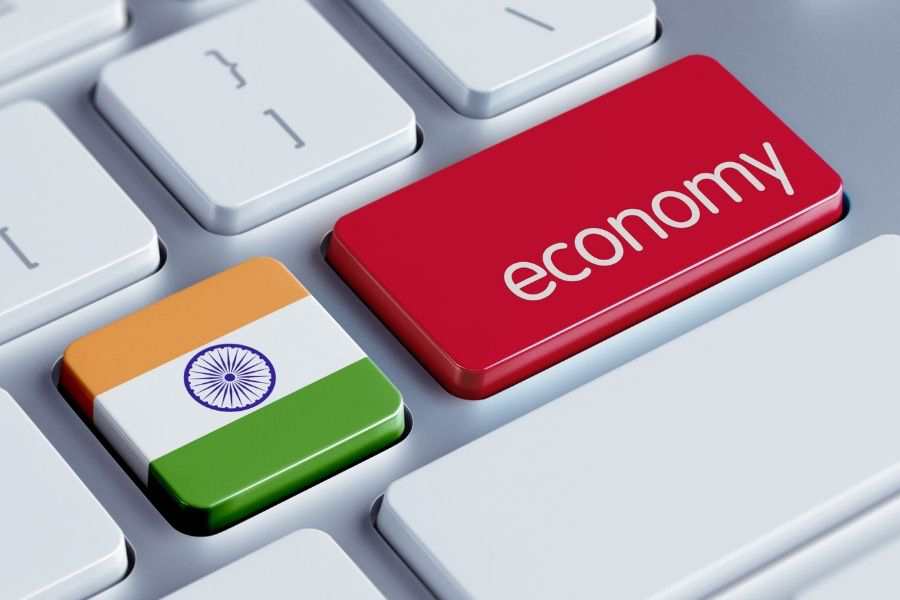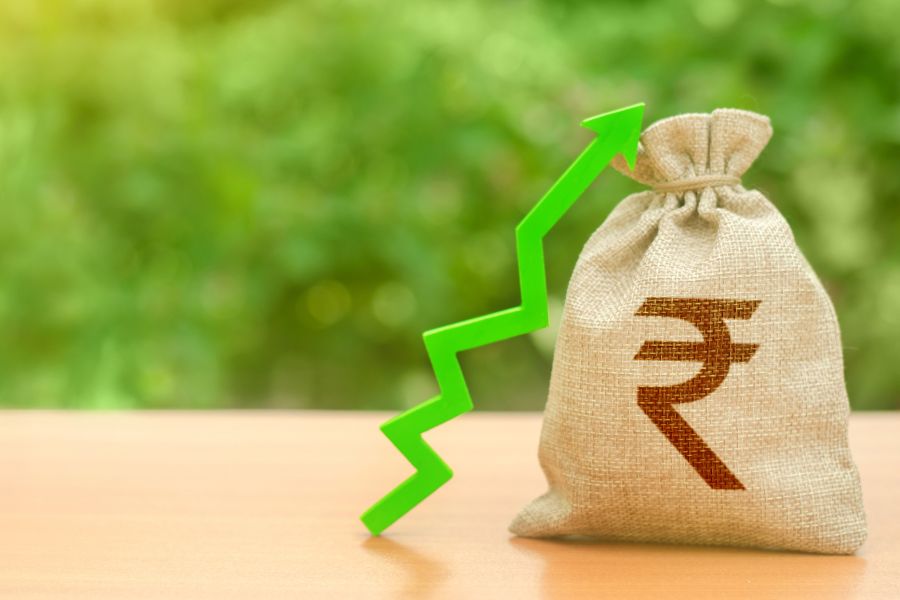Towards a just system: Eradicating price differential
- Due to trade malpractices, the stakeholders who are affected negatively are government, as its revenues truncate; domestic manufacturers hurt by unhealthy competition; and consumers who end up paying out of their pockets.
- Currently 97% of Indian medical device manufacturers are under MSME which are the real victims of this unethical price practice.
- According to Association of Indian Medical Device Industry (AiMED), imported medical device creates an unethical environment for domestic manufactures in India as these imported medical device are sold at 10 to 20 times higher than the actual price (difference between import landed price and ex-factory price).
- The idea is to frame/design a pricing policy which scrutinizes and regulates the domestic price and custom duty paid for the imported product along with its value addition components.

Image credit : https://bit.ly/3fUg2qe
There are many trade policy instruments which are designed to protect domestic manufacturers and consumers from ill trade practices such as dumping, re-routing of products under rules of origin and tax evasion. Due to these unfair practices of trade, the stakeholders who are negatively affected are government (as their revenues truncates and consumers) and the domestic manufacturers (due to harsh competition and trade distortion). This article explores a pricing policy for imported goods which India heavily imports, in a manner such that, consumers are not forced to pay higher price and domestic manufacturers also gets opportunity to compete in a just manner.
Case Study
One such commodity which is imported in great numbers is medical device. As per the domestic manufacturers of medical equipment, imported products are sold at significantly higher prices, which creates a couple of issues. First, custom duty received by government is on the import price which is way lower than the domestic price, ultimately making government to lose on revenue. Second, consumers are forced to pay high prices, as these products are highly inelastic especially, when no alternative is available to choose.
According to the Association of Indian Medical Device Industry (AiMED), imported medical device creates an unethical environment for domestic manufactures in India as these imported medical device are sold at 10 to 20 times higher than the actual price (difference between import landed price and ex-factory price). This can be reduced to a more reasonable MRP, lets say a maximum 4 times of the CIF import landed price i.e. on which GST and custom duty is paid. Currently 97% of Indian medical device manufacturers are under MSME which are the real victims of this unethical price practice. Thus, a simple cap on rational mark up price can substantially reduce the MRP to a rational level so that while addressing the needs for profits of importers this will put an end to blatant profiteering that is hurting customers and ethical manufacturers.
Rationale
India has been a significant net importer of several tariff lines such as non generic pharmaceuticals, medical instruments, electronic products, furniture products and other similar products. Now, when these products are imported and channelized in domestic markets after some value addition and processing, it has been observed that there is a huge escalation in the price at which these products are sold in the Indian market compared to what they are being imported at. Government’s revenue generated through custom duty should commensurate with the domestic MRP and value addition done. But actually, these products are imported at a certain price, and then there is a manifold increase in domestic price paid by the consumers which straightaway goes to the pocket of importers/distributors. The idea is to frame/design a pricing policy which scrutinizes and regulates the domestic price and custom duty paid for the imported product along with its value addition components. For example, if a medical instrument is imported at Rs 100, then custom duty will be paid accordingly on the basis of its value. But if it sold at Rs 1000 without justifying the appropriate value addition done, consumers, government and domestic producer of that component seem to lose consumer surplus, tax revenue and market share respectively. To ensure that justified prices are received by the farmers, CACP (commission for agricultural cost and prices) regulates the prices for agricultural produce through bottoms up approach (benchmarking farmer’s margin). On similar lines there can be a pricing policy designed to regulate and scrutinize the difference between the imported price and domestic MRP at which the products are sold in a top to bottom approach (benchmarking the consumers and governments revenue).
A plea
Henceforth, it is requested to policymakers to frame a requisite and germane policy which will buttress our consumers, enhance government revenues and offer an ethical ecosystem to our domestic manufacturers. In the first phase, only those products/tariff lines can be considered which are intensively imported on a priority basis. Accordingly, it can be then developed for other products as well in coming time period. This policy will completely corroborate our government’s flagship campaign of “Atmanirbhar Bharat” which will give space to our domestic manufacturers for manufacturing the product domestically and help achieve the Nehruvian vision of India being a self-reliant nation. It will also spur employment opportunities in the country and enhance the country’s GDP.













Excellent Idea ! Great Idea by TPCI to help consumers , reduce inflation, help ethical manufacturers, make Atmanirbhar Bharat , help GoI collect correct revenues